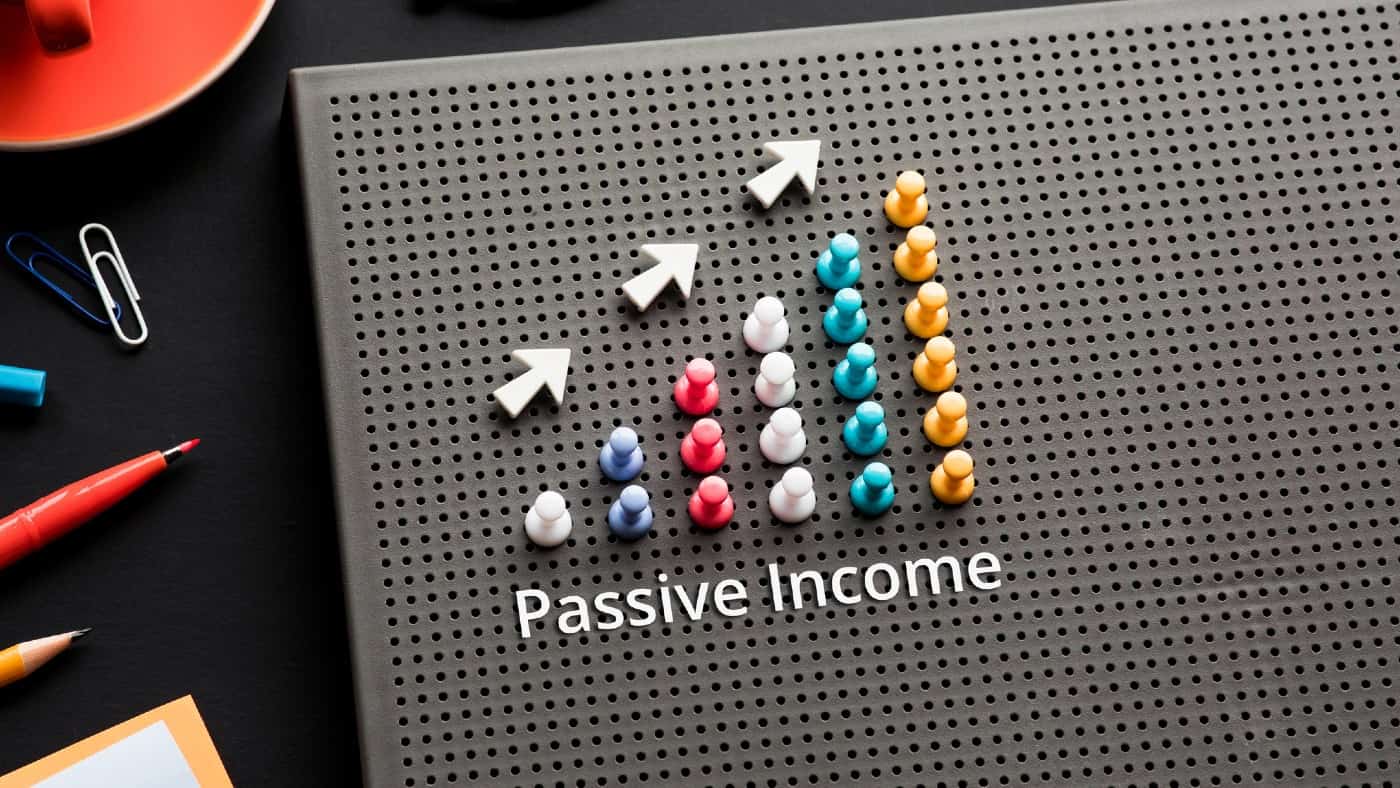Aiming for a £5,000 second income? Here’s how much you need to invest


Leveraging the power of the stock market is a proven strategy for unlocking a second income stream through dividends. And while it takes time for compounding to work its magic, even investors starting out with modest sums can go on to enjoy tremendous returns.
So let’s say someone’s starting small and aiming to earn an extra £5,000 each year. How much money do they need to invest in the stock market? And how long will the journey take?
Crunching the numbers
Let’s start by exploring an index investing strategy. The FTSE 100’s one of the most popular destinations of capital among UK investors as its mature constituents provide a historically more stable income investing experience. Right now, the index has a yield of roughly 3.3%. And at this level, to earn an extra £5,000 each year, an investor needs a portfolio valued at around £152,000.
For the few lucky individuals fortunate enough to have this sort of capital lying around, a £5,000 second income can instantly be unlocked by simply investing in a low-cost tracker fund. But for those starting from scratch with £500 to spare each month, based on the average stock market annual return of 8%, the journey to earning £5k will take an estimated 14 years.
Obviously, waiting around for a decade and a half is far less than ideal. So how can investors accelerate this journey?
Stock-picking to the rescue
Rather than relying on an index fund, investors can scour the FTSE 100 to find large-cap income opportunities that offer a more substantial yield. For example, let’s consider insurance giant Aviva (LSE:AV.).
The stock currently offers a tastier 5.6% yield. At this level of payout, the portfolio size required to generate £5k drops from £152,000 to just under £96,200. And assuming that the company generates the same market average capital gain of 4%, investing £500 each month at the combined 9.6% annualised return would reach this updated target around five years faster.
Risk versus reward
The higher interest rate environment has sparked fresh life into the annuities market, boosting Aviva’s cash flows and earnings. This tailwind has only been compounded by management’s recent acquisition of Direct Line, diversifying the group’s insurance portfolio while simultaneously making the business more capital light.
Pairing all this with a strong balance sheet and a relatively modest forward price-to-earnings ratio of just 13, the stock seems perfectly positioned to generate a reliable second income.
However, just because a business is performing well today doesn’t mean it’s guaranteed to do so down the line. Integrating large acquisitions like Direct Line comes with significant execution risk that can hamper growth and profit margins. At the same time, the firm is also exposed to the increasing negative impact of global warming.
The increasing number of catastrophic weather events is resulting in an industry-wide trend of higher frequency of insurance claims. And long-term policies that don’t accurately price in this risk could lead to the business issuing chunky payouts, translating into more cash flowing out than in.
All of this is to say that there’s no guarantee it will go on to deliver expected returns. But, with a growing list of desirable traits, Aviva certainly appears to be a business worth investigating further for investors seeking to earn a long-term second income.
The post Aiming for a £5,000 second income? Here’s how much you need to invest appeared first on The Motley Fool UK.
More reading
- Forecast: see where the electrifying Aviva share price and dividend may go next
- At a 17-year high, could the Aviva share price still offer value?
- 3 income-rich UK shares I’m comfortable to hold until 2035
- 2 FTSE 100 dividend stocks to consider for passive income growth that crushes the market!
- Here are the latest dividend yield forecasts for Legal & General, Aviva, and M&G shares
Zaven Boyrazian has no position in any of the shares mentioned. The Motley Fool UK has no position in any of the shares mentioned. Views expressed on the companies mentioned in this article are those of the writer and therefore may differ from the official recommendations we make in our subscription services such as Share Advisor, Hidden Winners and Pro. Here at The Motley Fool we believe that considering a diverse range of insights makes us better investors.





